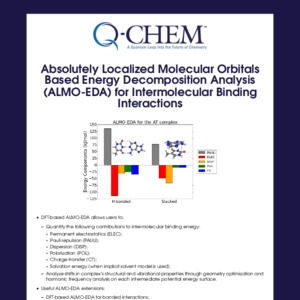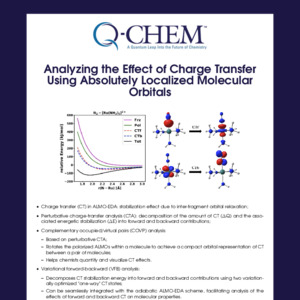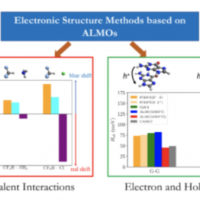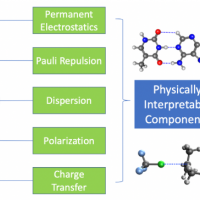Q-Chem Webinar 32
Energy Decomposition Analysis in Q-Chem
Yuezhi Mao received his B.S. degree in material chemistry from Peking University in China in 2012. He then joined Prof. Martin Head-Gordon’s group at UC Berkeley and earned his PhD in chemistry in December, 2017. In the Head-Gordon group, he worked on several research projects related to density functional theory calculations and their applications to the study of intermolecular interactions. He is one of the main developers of the second-generation ALMO-EDA method and has extended ALMO-based approaches to the analysis of molecular properties. He is now a postdoctoral scholar in Prof. Tom Markland’s group at Stanford University, and his current research focuses on the study of nonadiabatic processes in the gas or condensed phase using electronic states obtained from ab initio calculations.
Abstract
Energy decomposition analysis (EDA) is a category of methods that can separate a total intermolecular interaction into physically meaningful components such as permanent electrostatics, Pauli repulsion, dispersion, polarization, and charge transfer, which thus can provide valuable insights into the nature of intermolecular interactions. In this webinar, I am going to introduce the family of EDA methods based on absolutely localized molecular orbitals (ALMOs), which is a unique feature of the Q-Chem software package. I will first focus on the second-generation ALMO-EDA method (“EDA2”), which is considered as a significant improvement upon the original scheme available in earlier versions of Q-Chem. Then I will go through several novel features that are recently just available, including the “adiabatic” ALMO-EDA (in contrast to the conventional “vertical” EDA) for analyzing the effects of intermolecular interactions on molecular properties, the MP2-ALMO-EDA, and the extension of ALMO-EDA to interactions involving excited-state molecules and bonded interactions. The practical aspects will be covered by going through several sample input files associated with these features, and a general discussion on how these methods should be chosen and used will be provided.
